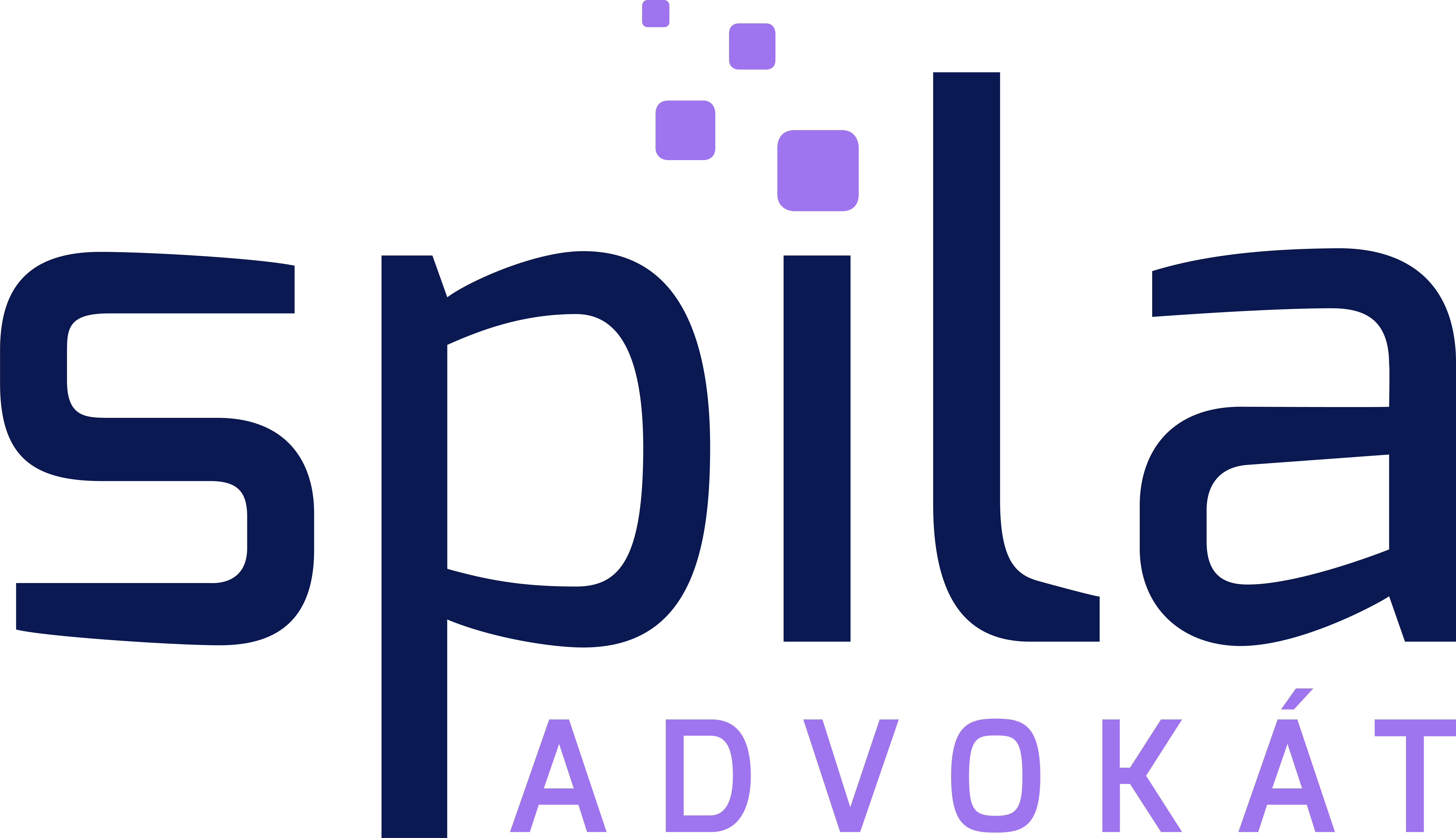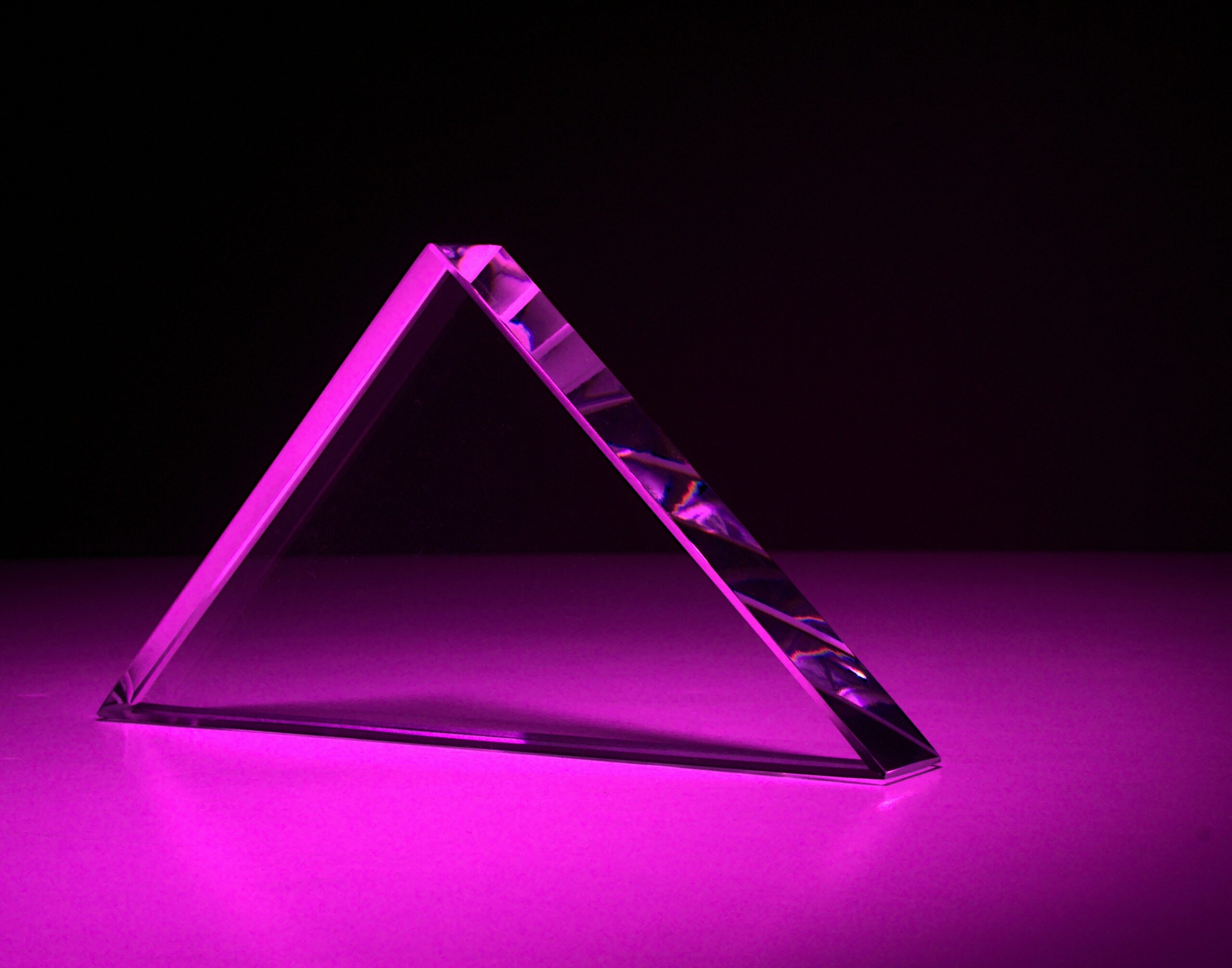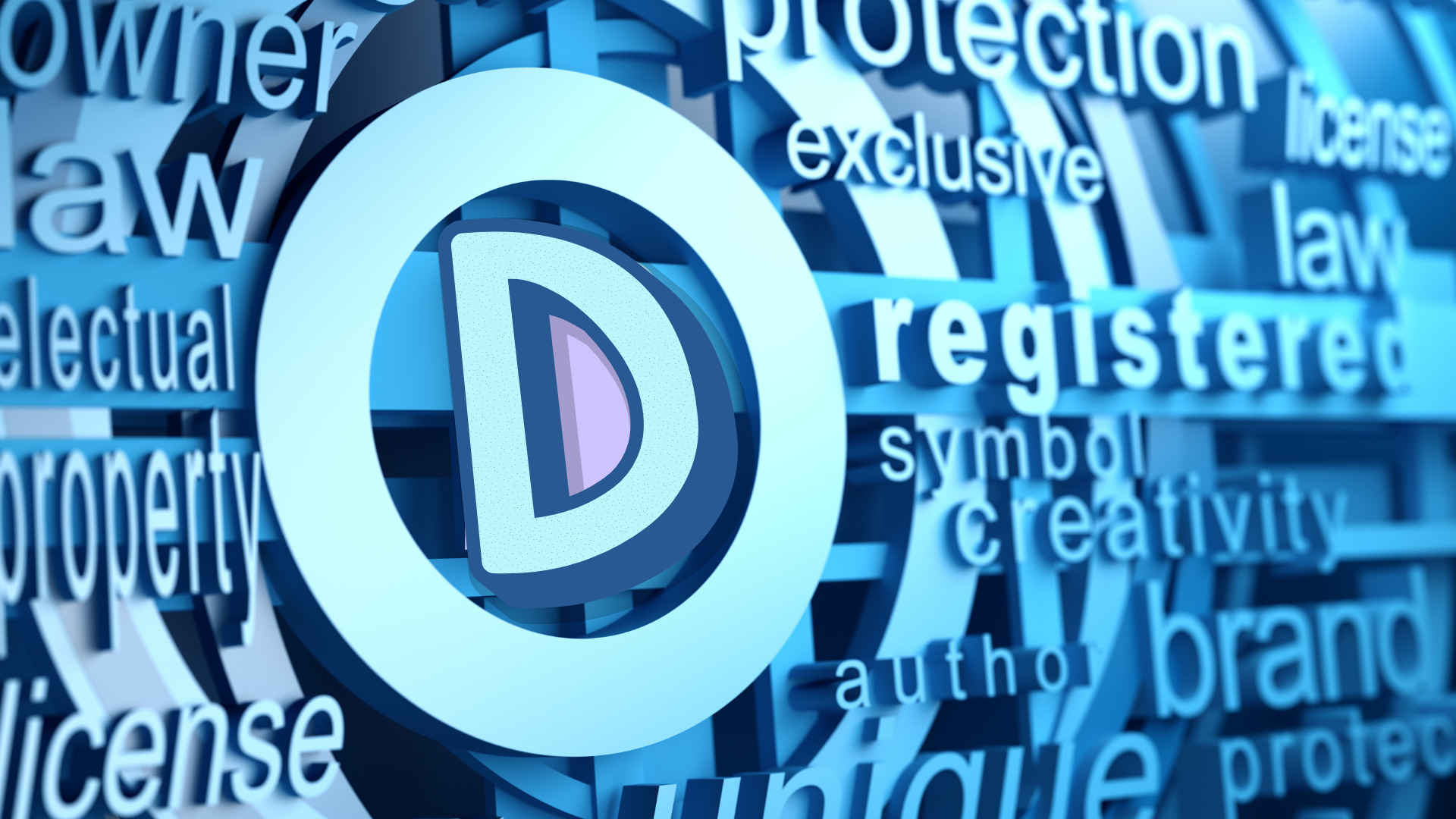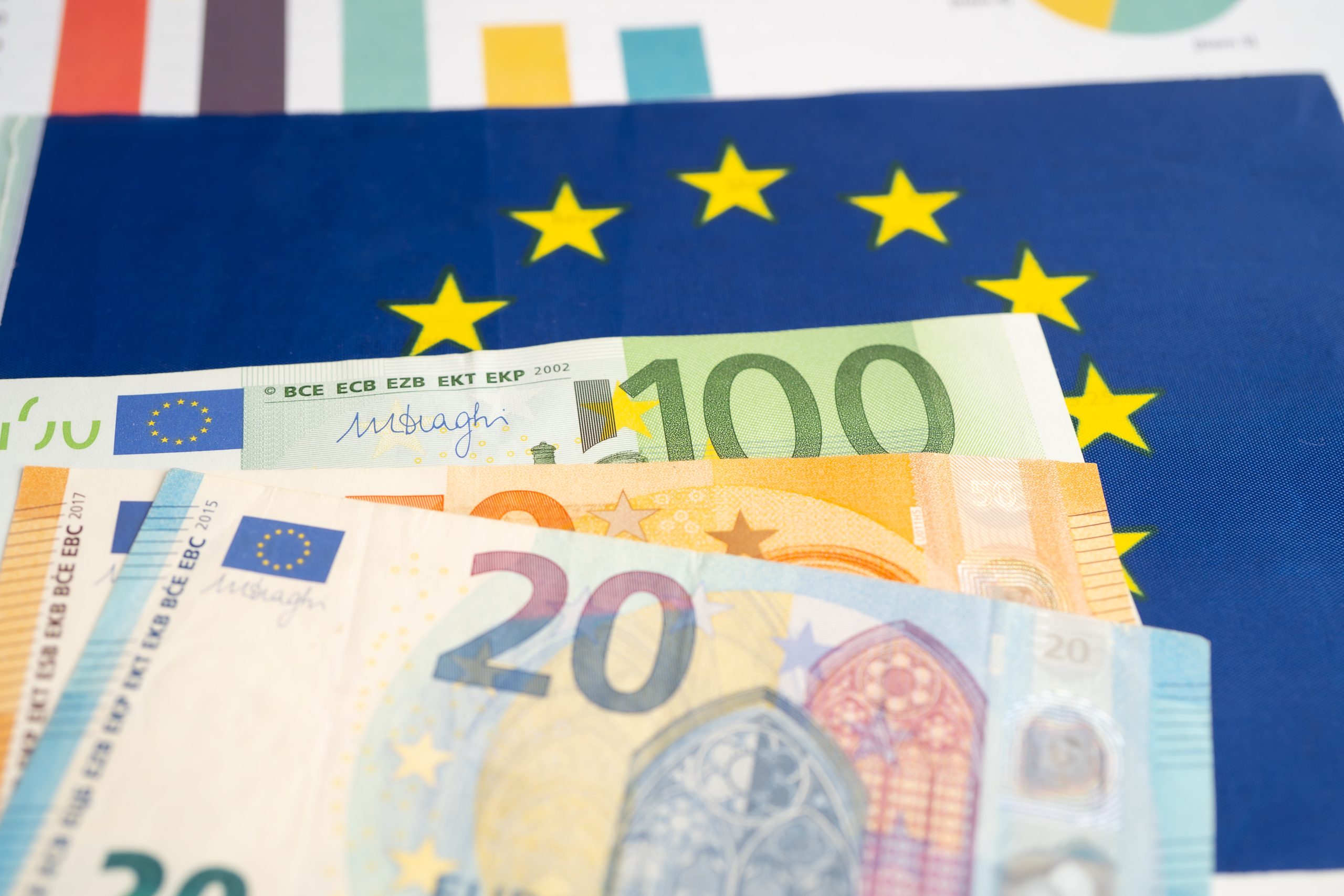In today’s digital age, protecting intellectual property has become crucial for businesses and individuals alike. Two common forms of intellectual property protection are patents and trademarks. While both provide legal rights and exclusivity, they serve different purposes and protect different aspects of intellectual property. In this article, we will explore the differences between a patent and a trademark, highlighting the importance of intellectual property registration in the digital age.
Definition and Purpose
A patent is a form of intellectual property protection granted to an inventor for a new and useful invention or innovation. It gives the inventor exclusive rights to the invention, preventing others from making, using, or selling it without permission. Patents are intended to encourage innovation by providing inventors with a limited monopoly over their inventions for a specified period.
On the other hand, a trademark is a form of intellectual property protection that applies to symbols, names, phrases, logos, or designs used to identify and distinguish goods or services from those of others. Trademarks are primarily aimed at preventing consumer confusion and protecting brand identity and reputation. They give the owner exclusive rights to use the mark in connection with specific goods or services, ensuring that consumers can easily recognize and differentiate a brand in the marketplace.
Subject Matter
The subject matter protected by patents and trademarks differs significantly. Patents protect inventions, which can be tangible products, processes, or methods. They cover technological innovations, machinery, chemical compositions, and even software algorithms. Patents are meant to safeguard novel and non-obvious inventions that provide a technical solution to a problem.
Trademarks, on the other hand, protect the branding elements of a business. This includes brand names, logos, slogans, packaging, and other distinctive features that identify and differentiate a company’s products or services. Trademarks focus on the distinctive visual, auditory, or sensory aspects of a brand, rather than functional or technical innovations.
Duration of Protection
Another key difference between patents and trademarks lies in the duration of protection. Patents typically have a limited lifespan, usually 20 years from the filing date, subject to payment of maintenance fees. Once a patent expires, the invention enters the public domain, allowing others to use it freely.
Trademarks, on the other hand, can enjoy potentially indefinite protection as long as they are properly maintained and renewed. Trademark protection can be maintained as long as the mark is actively used in commerce and the necessary renewal fees are paid. This perpetual protection allows businesses to build long-term brand recognition and consumer trust.
Registration Process
Registering a patent and a trademark also differ in terms of the registration process. Patent registration involves a thorough examination by a patent office to determine the novelty and inventiveness of the invention. The process can be complex, requiring detailed descriptions, technical drawings, and claims that define the scope of the invention. Patent applications often undergo a rigorous examination process, including prior art searches and evaluation by patent examiners.
Trademark registration, on the other hand, is generally a simpler process. It involves filing an application with the appropriate trademark office, providing details about the mark, its intended use, and the goods or services associated with it. While trademark offices conduct searches to ensure there are no conflicting marks already registered, the examination process for trademarks is typically less rigorous compared to patents.
Importance of Intellectual Property Registration
In the digital age, where ideas and innovations can spread rapidly, intellectual property registration is vital. It provides legal protection, establishes ownership rights, and acts as a deterrent against infringement. Registering patents and trademarks allows inventors and businesses to enforce their rights, seek legal remedies in case of infringement, and maintain a competitive advantage in the marketplace.
In conclusion, patents and trademarks serve distinct purposes and protect different aspects of intellectual property. Patents safeguard inventions and technical innovations, while trademarks protect brand identity and goods or services related to them.






